
Great to see this out:
I gave the writer, Cassidy George, some historical background for the piece and it was fabulous to see it quoted.
You’re supposed to get more conservative the older you get. I just get more political, more left wing, and more interested in the interplay between all the “-isms” and craft.
This has interested me for a long time – perceptions of gender and knitting; the way knitting became a shorthand for “feminine”, therefore somehow “lesser”; and also the ageism that infused itself into public perception of knitting and knitters. Also knitting and social class, crime, punishment, slavery and servitude. I have traced the roots of some of this in my research and how the perception of the craft has changed; filtered via sexism, ageism and all the -isms there are.
Knitting started off as a craft with little or no perceived gender to it. It became increasingly perceived as “female” and so became a base coin that was devalued. By the nineteenth century was seen in negative terms – on the one hand, “feminine” and “frivolous” and on the other – work for slaves, prisoners, and the “idle” poor – either ridiculous and silly or punishing hard labour. Neither of those things were viewed as “cool”.
Knitting’s perceived “coolness” factor has been closely indexed to whether it was perceived as a genderless or a female activity, at any one time. And so knit is a feminist issue. I’ve written about this before: https://theknittinggenie.com/2013/11/16/knit-is-a-feminist-issue/
“Coolness” is inferred when the craft can be seen to be less gendered, and the demographic less… old. So sexism and ageism are wound into the same ball of metaphorical yarn as perception of the craft itself. And, as I wrote in the previous blog piece, Kirsty Buckland cited the City of the Ripon Chapter Acts for the first hard evidence of an English knitter – one Marjory Clayton of Ripon, referred to as ‘cappeknitter’ in 1465. Which is also hard evidence for medieval professional knitters being female.
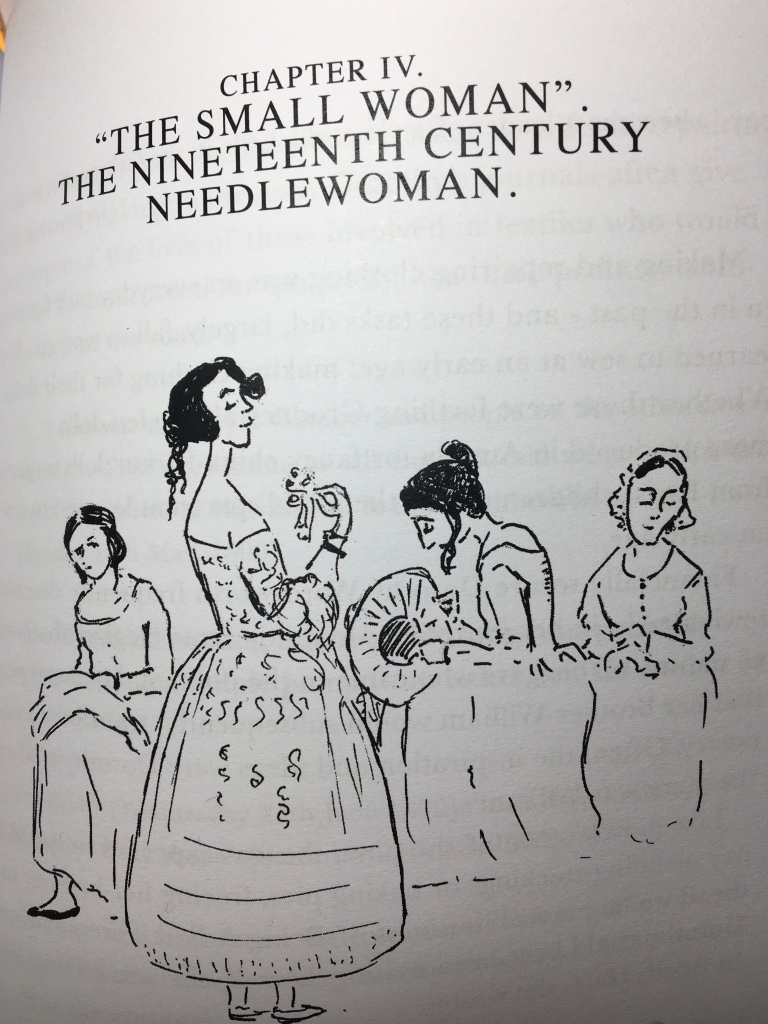
Yet, knitting wasn’t always historically perceived as a “female” craft. From late medieval times, some men knitted as a trade or ‘mystery’; serving apprenticeships. Both women and men knitted professionally and knitting was a valued skill. Textiles had been woven for centuries and here, suddenly, was an elastic fabric you could shape to fit a leg perfectly, rather than make imperfectly fitting and uncomfortable hose cut on the bias from woven cloth. Who wouldn’t think that was a brilliant invention? Who wouldn’t think being a knitter wasn’t an edgy, exciting occupation? So it was, at first, colonised by men with apprenticeships and freedoms of the city and technical “mastery” – that very masculine concept – to be gained. Crafts were, in medieval and early modern times, still “mysteries”. (as in the Mystery Plays, each one staged by a different trade guild). And mystery traditions in the UK, from the old Guilds to the later Freemasons, were exclusively male domains. Yet women continued to knit professionally, beyond those closed doors.
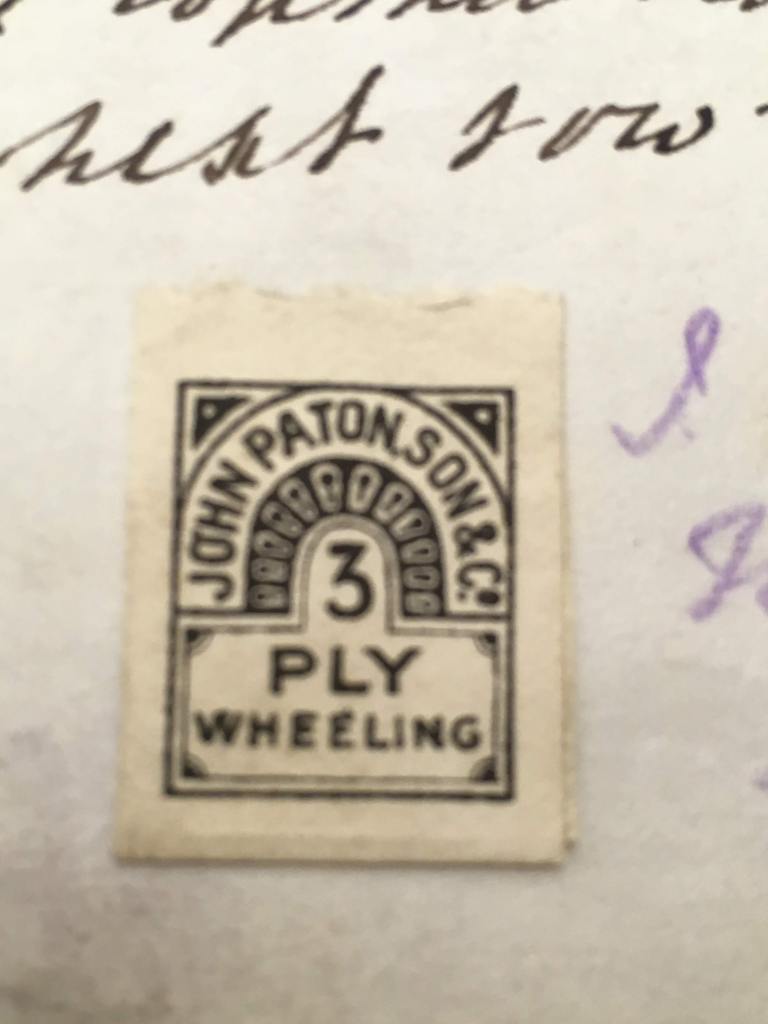
©Penelope Hemingway 2019. Quick reference snap of a Victorian knitter’s notes
By the eighteenth century, boys and girls were sent to Knitting Schools on remote farms, where they learned to work at commercial speeds. [‘The Old Hand-Knitters of the Dales’]. The sites of these are now lost in time. Although I’m working on that. Male and female children in charity schools knitted.
In ‘Their Darkest Materials’ I traced the story of Nathaniel Smith, who was incarcerated in York Debtors’ Jail in 1841 and in old age in the 1860s, became the Knitting School master at Bridlington. I found 18thC and early 19thC newspaper accounts of men knitting in prison: Jeremiah Brandreth knitted his wife a workbag whilst he awaited his death sentence for treason in 1817.
The stereotype of knitting as ‘feminine’ therefore less valued, even ridiculed, seems to have developed in the mid-later nineteenth century. As the roads into remoter parts of the UK improved, in areas where men had previously knitted, they became embarrassed to be seen knitting by outsiders.
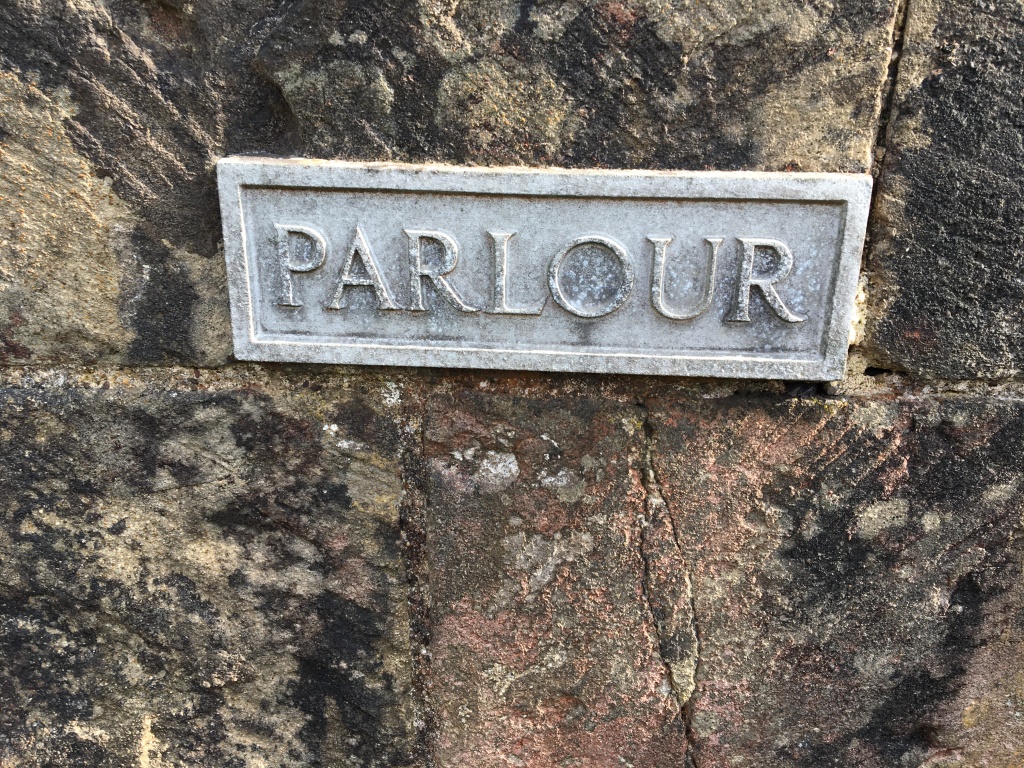
For the middle classes, it became a parlour hobby, consigned to the part of women’s lives lived in the interstices between men’s more public-facing lives. This ‘feminising’ led to knitting being perceived as an ‘idle’ waste of time; an amateur feminine pursuit to be followed safely from within the cage of domesticity; a belittling of both craft and women. “The Little Women” of nineteenth century novels, were kept quiet – and in a back room – by the needle; patronised and diminished into being “small”; their concerns and their Art, also perceived as insignificant. Now behind closed doors; increasingly for the middle classes the craft was perceived as female. Although working class knitters still knitted for a living, or part of it.
For ‘Their Darkest Materials’ I researched the trope of the virtuous elderly knitter. Newspapers abounded with accounts of women even past 100, knitting usefully to within days or hours, of death. In an era before the welfare state and pensions, it was one way the elderly could stay economically active. But I suspect this fed the stereotype of knitting being both feminine and for the old. Ageism became intertwined with how knitting was perceived; its brand message. Being seen as something for the old, it was sidelined – derided, even.
As the craft was dumbed down for professionals and became a pastime for others, it was also regarded as being less skilled – neither high Art nor virtuous Craft. In February 1822, , Joseph Dover, a Dales millowner who commissioned hand knitting wrote in a letter:
… the knitters with us are mostly accostomed to one sort of woork, it is only a few of the old Knitters that can manage all sorts of caps and these is not good to meet with at present… I do not know of aney one of that sort that I could recomend to you…
‘The Old Hand-Knitters of the Dales, p.124
Maybe another reason knitting was devalued was its long association with poverty and crime. In prison, men did stonebreaking.; women knitted. The poorest children in charity schools learned to knit. It was no longer seen as a skilled trade with an apprenticeship.
Knitting has always been political; its history intertwined with class and race; poverty and servitude or slavery. And so, heartbreaking. I studied notices for the retrieval of escaped slaves and discovered that many escaped female slaves were described in terms of their skills with the needle just as much as described by their physical appearance and clothing. Middle class white women knitted pincushions and doilies to sell at bazaars raising money for the abolition of slavery. Simultaneously, slaves were compelled to knit.
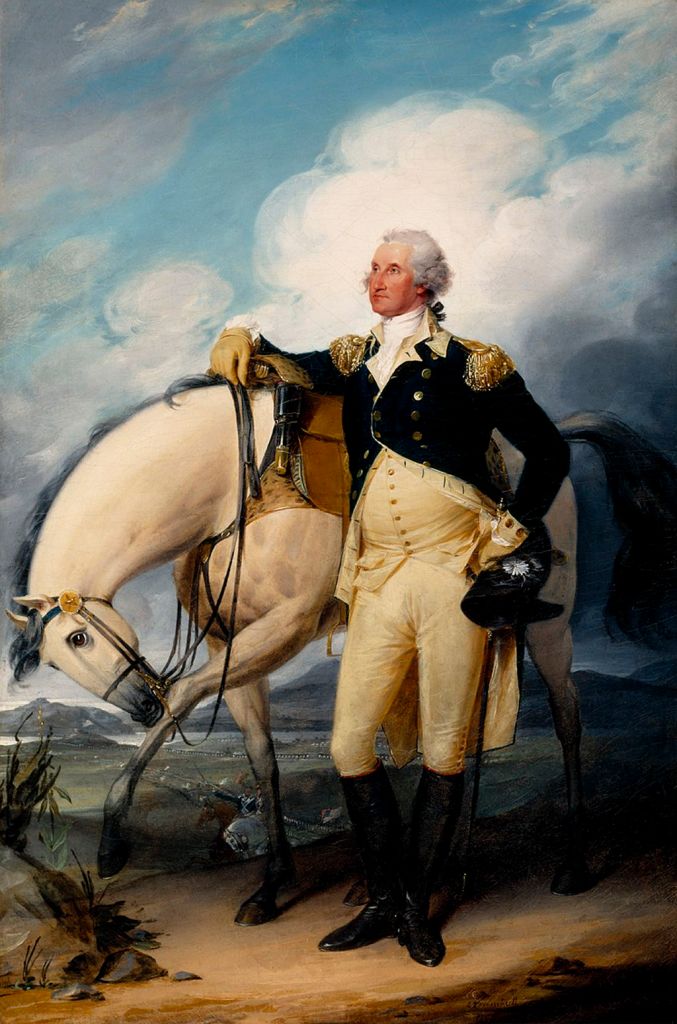
George Washington ordered a number of his slaves to knit his household hosiery – to be seen in homespun and hand knit was a political statement. One slave, “Lame Peter” was inventorised as “Knitter”. Slavery was abolished in the UK in 1807, but the Northern English hand knitting trade still profited, knitting coarse “bump” caps and selling them to the US slave trade.
Every knitted stitch was political. For some it was a frivolous hobby; for others a matter of whether they ate and had a roof over their heads next week. For some, employment. For others – slavery, imprisonment, punishment; an imposition of “morality”. Death was the only escape from the relentlessness of knitting.
Poverty, or the avoidance of extreme poverty, led hand-knitters to work long hours for little money, right from early childhood. And if the trope of the ancient knitter was anything to go by, you’d still be knitting if you lived to one hundred. For some, death was a welcome release from the needles. In the Yorkshire Dales, where genderless knitting existed for far longer – due to the remoteness of some Dales – a little boy was overheard talking to himself”. “‘Whar’s Willie?’ ‘Nay, Willie has gone to where it’s all Sundays and no knitting.’” [‘The Old Hand-Knitters of the Dales’, p.61]. “Lame Peter” would have understood how he felt.
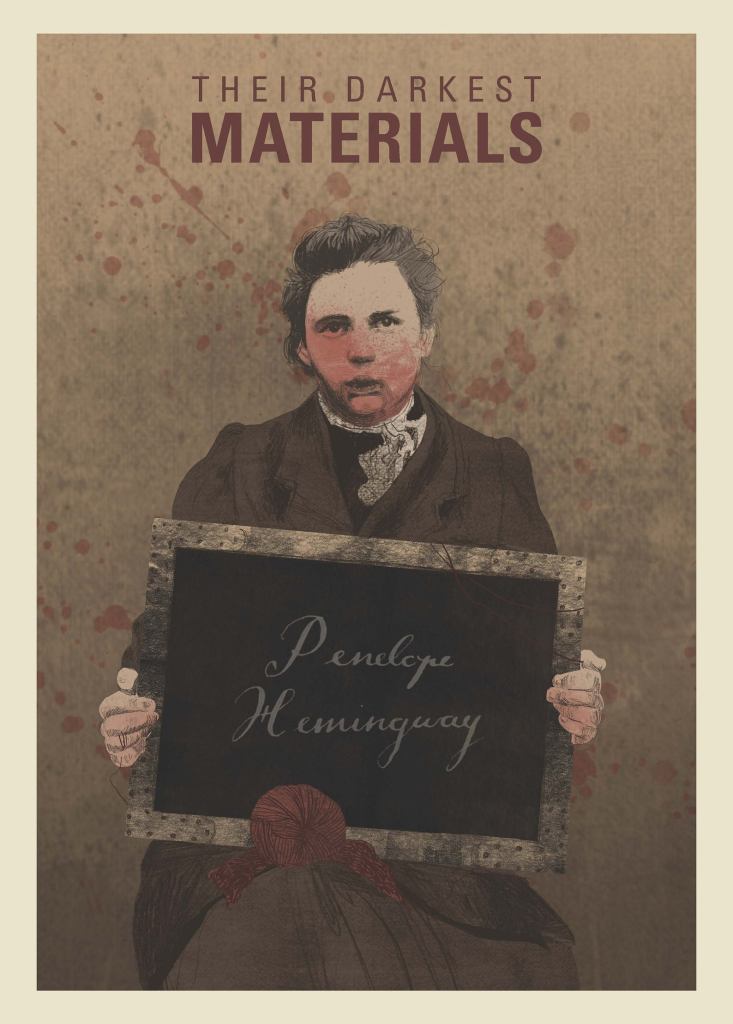
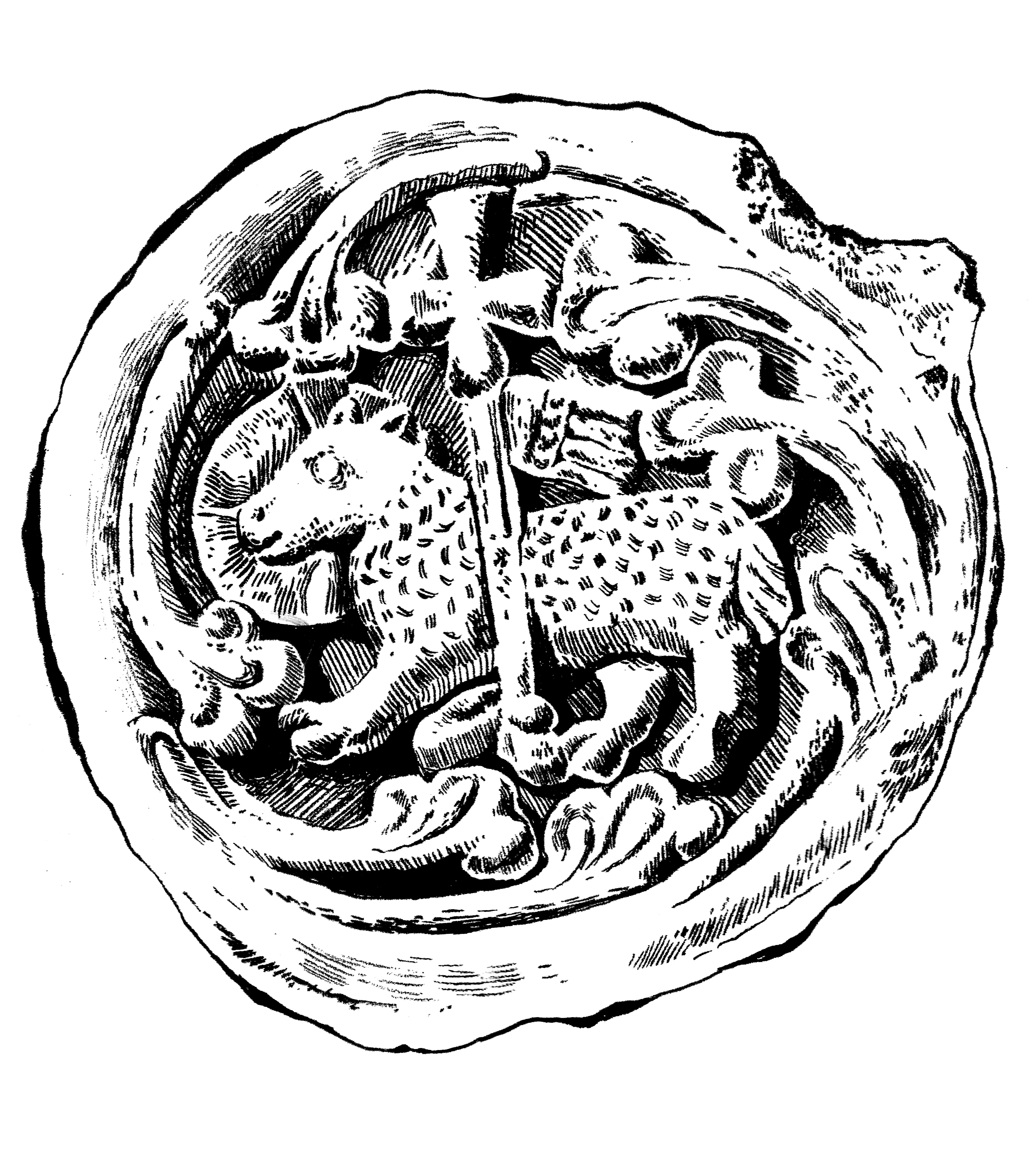
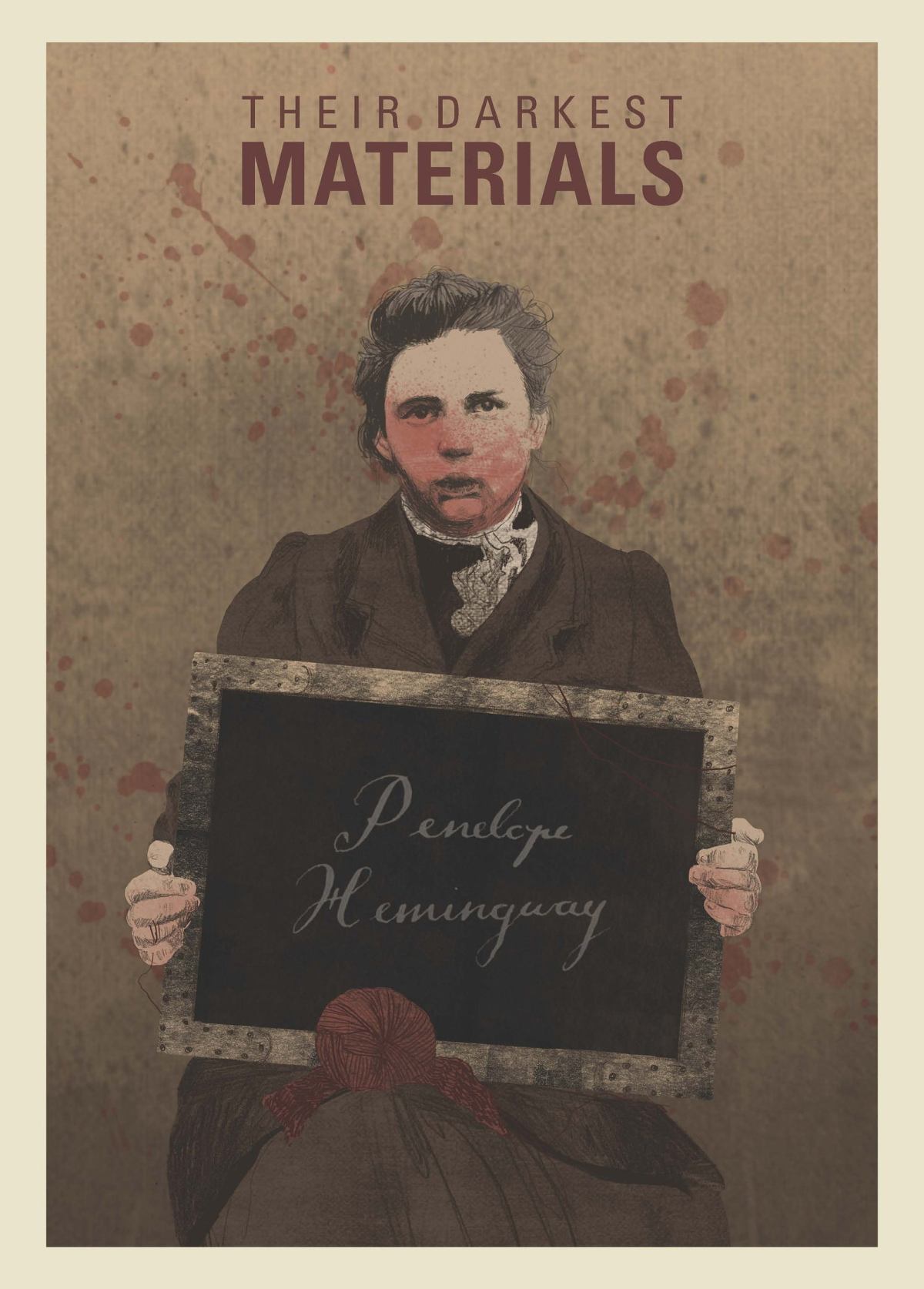
4 replies on “The Tangled Skein – or The History of the Decline and Fall of Knitting”
Brilliant article, thank you! So interesting and I will re-read a few more times. But here with my little interesting anecdote. My father-in-law’s uncle was a steel worker and a knitter. Apparently they had an annual knitting competition at his steel works which he won on a regular basis. That was not so long ago and is sadly now a thing of the past. It would be hard today to imagine a burly steel worker happily winning a knitting competition. I was also very interested in your point about the ridicule associated with knitting when it became a women’s activity. The amount of ridicule I experienced when I started to knit was something I didn’t expect….and all of it was from other women. The men I know seem to think it’s pretty cool. Anyhow that’s my bit and thanks again for your article.
LikeLike
Thank you for this, Penelope. As a life-long knitter myself, it’s been fascinating to see how knitting has recently evolved in America. Yes, it’s become a “cool” and trendy craft, viewed as a form of self-expression rather than a way to produce clothing or income. Perhaps the most extreme example of this is yarn-bombing, where knitted textiles are used to wrap everything from trees to bridges as artistic and political statements. But at least in America, the knitting industry has also become divided by class and economics. Exquisite handspun and hand-dyed yarn from carefully tended flocks of heirloom breeds are the much-prized pinnacle of the craft, as is creating designer sweaters that can cost hundreds of dollars in materials. This is true luxury knitting, a sensual and artistic pleasure in the form of an elite craft, supporting knitting retreats at resorts, yarn festivals, and yarn shops that are stylish knitting boutiques. This is the knitting that catches the fancy of the media. At the other extreme is the inexpensive synthetic yarn sold in big-box craft stores, at a price point that’s what many knitters can afford. It’s this yarn – and this knitting – that’s scorned and mocked as Ugly Christmas Sweaters and grandma’s loving hands at home. But it goes deeper, too, as recent confrontations on Ravelry have shown, with issues of racism, colorism, classism, sexism, and ablism among others, thrown into the mix. I hope someone is studying all this seriously – to watch how far knitting has come, and where it may be headed next!
LikeLike
Husband was taught to knit while at school in Scotland in the 1960’s…alas that he hasn’t kept it up, and alas that that is now considered an oddity.
LikeLike
Hello, you! Yes, I think both boys and girls were taught at my Infants school but in reality, the boys will have often dropped it quickly because of those societal pressures, I guess.
LikeLiked by 1 person